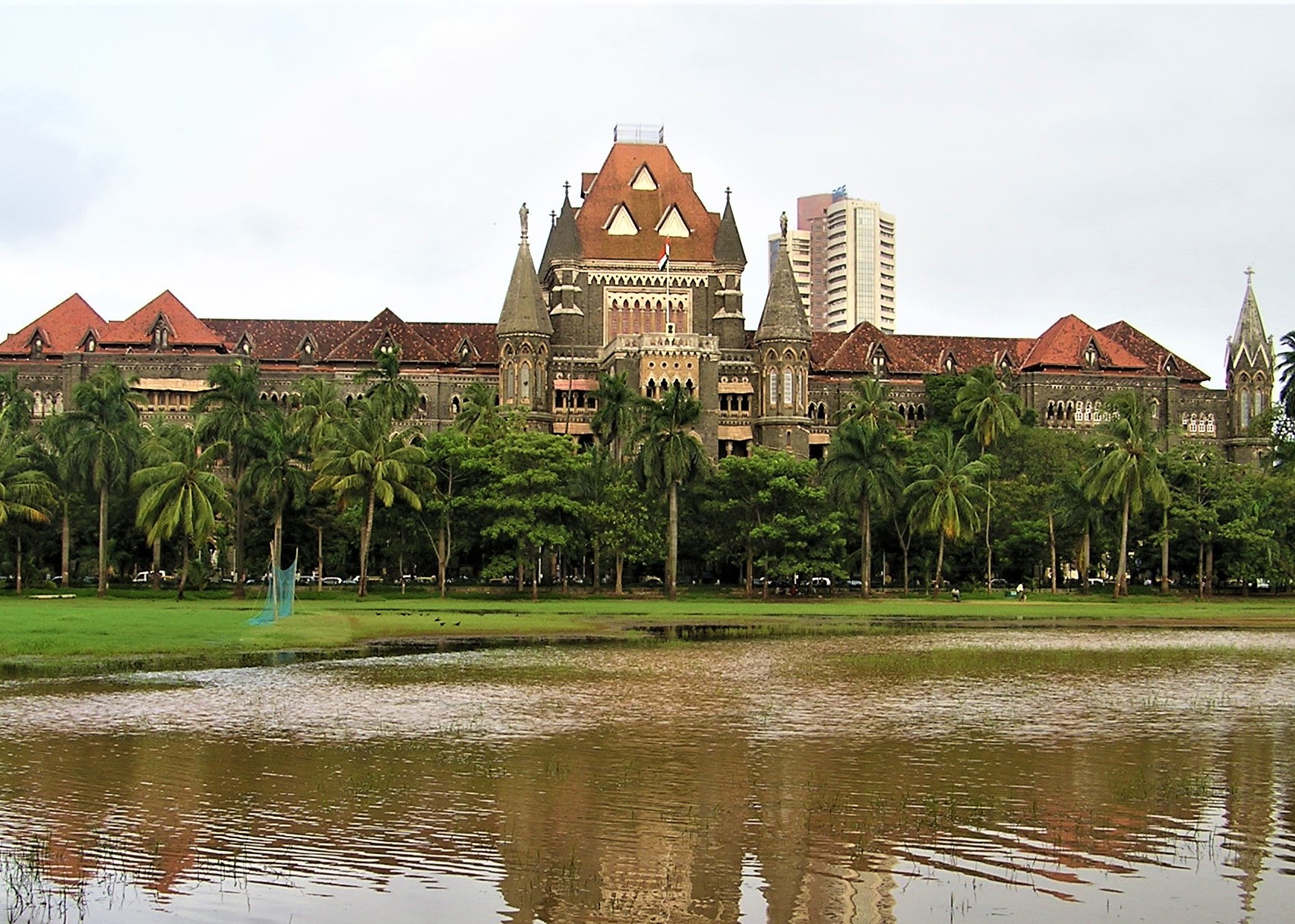InCentral Excise Appeal No. 32 of 2021 -BOM HC- Bombay High Court upholds CESTAT’s order in Larsen & Toubro’s Cenvat Credit case, says the company followed appropriate procedures
Justice G.S. Kulkarni & Justice Jitendra Jain [24-08-2023]

Read Order: The Principal Commissioner of CGST and Central Excise v. Larsen & Toubro Limited (HED)
Chahat Varma
New Delhi, September 18, 2023: The Bombay High Court has ruled in favour of Larsen & Toubro Limited (respondent), upholding the decision of the Customs, Excise and Service Tax Appellate Tribunal (CESTAT), which had applied the retrospective amendment to Rule 6 of the CENVAT Credit Rules, 2004, in the respondent's case. The High Court held that the respondent had followed the appropriate procedures and had already reversed the proportionate Cenvat credit for the relevant periods, rendering the revenue's contentions invalid.
In challenging the CESTAT's judgment, the revenue had raised the question of whether, in the given facts and circumstances, the CESTAT was correct in applying the retrospective amendment to Rule 6 of the CENVAT Credit Rules, 2004, as introduced by the Finance Act, 2010, in light of the provisions of Section 73 of the Finance Act, 2010.
The brief facts of the case were that the respondent was involved in the manufacture of Heat Exchangers, Pressure Vessels, and Boilers. They claimed exemption benefits under Notification No. 64/1995-CE for goods supplied to the Department of Space, Government of India, and the Indian Space Research Organization. Additionally, they sought exemption under Notification No. 10/1997-CE for supplies made to Public Funded Research Institutions/Universities.
The revenue’s argument was that the respondent had manufactured both dutiable excisable goods and exempted goods, using common Cenvated inputs and input services. While the respondent had maintained separate accounts for raw materials (inputs) used in the production of excisable and exempted goods, they had not maintained separate accounts for input services used or consumed in relation to the manufacture of both excisable and exempted finished goods. This, according to the revenue, was a violation of Rule 6(2) of the Cenvat Credit Rules. Additionally, the respondent had not followed the procedure specified in sub-rule (3A) of Rule 6 of the Cenvat Credit Rules.
The division bench of Justice G.S. Kulkarni and Justice Jitendra Jain emphasized that according to Rule 6 of the Cenvat Credit Rules, as amended over time, when common input services are utilized in the manufacture of both exempted and dutiable goods, the respondent had three available options: maintain separate accounts for these inputs and input services, reverse a proportionate Cenvat credit following the prescribed procedure, or reverse a fixed percentage of credit based on the value of exempted goods.
The bench observed that the respondent's failure to maintain separate accounts for input services was evident. Consequently, the available course of action for the respondent was to reverse the proportionate Cenvat credit, as applicable either under Rule 6(3)(i) or Rule 6(3)(ii). Notably, the respondent had already paid and reversed the entire amount of proportionate credit for the 2006-07 and 2007-08 periods, including interest at a rate of 24%.
The bench further observed that regarding the period from April 1, 2008, to December 31, 2010, the respondent had already reversed the entire proportionate credit, along with the applicable interest, even before the issuance of a show cause notice.
Regarding the revenue's contention challenging the CESTAT's order, the bench disagreed with the argument that the amendment introduced, was applicable only when a show cause notice was issued or pending at the time of receiving the President's assent. The crucial factor, according to the bench, was not the issuance of a show cause notice but the existence of a dispute related to the adjustment of credit for input usage or exemption on the final product. The bench held that the CESTAT had correctly pointed out that a show cause notice was issued only when such a dispute arose during that period. Therefore, the respondent's case for the 2007-08 period fell under the amendment introduced by the insertion of sub-rule (7) of Rule 6 of Cenvat Credit Rules, through the 2010 Amendment.
Top of Form
In the light of the above observations, the bench ruled in favour of the respondent and against the revenue.
Sign up for our weekly newsletter to stay up to date on our product, events featured blog, special offer and all of the exciting things that take place here at Legitquest.




Add a Comment